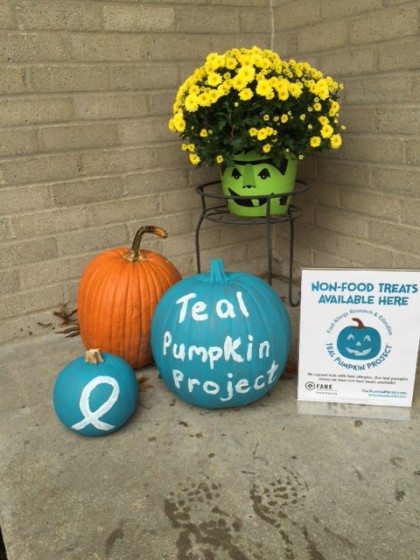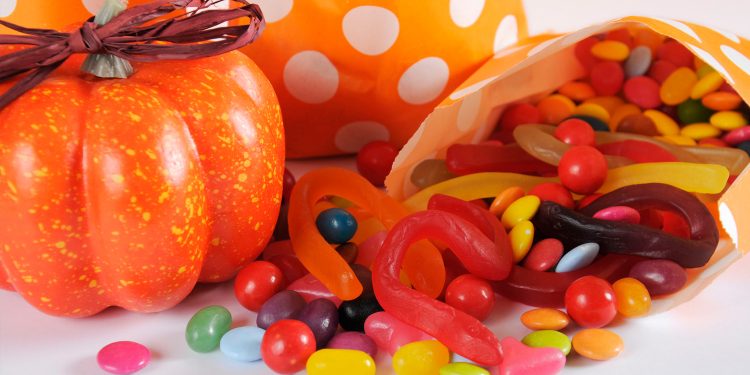For most kids, trick-or-treating is one of the most anticipated days of the year; second only to Christmas. But for kids with food allergies, trick-or-treating and other Holiday events can leave them feeling left out.
As a parent, how do you still make trick-or-treating fun for kids with food allergies?
Owensboro Living got some good advice and perspective from Beth Cecil, who is a Registered Dietitian and Nutritionist for One Health, but more importantly, a mother of two children with food allergies.
Her son, who is now 18, has been managing a food allergy since he was five, so Cecil speaks with a voice of experience.
“One thing I always did was trade out his candy for non-food treats or candy that was safe for him to eat when he got home from trick-or-treating,” Cecil recalled.
Like Cecil, more and more parents are having to make adjustments as they learn to manage their children’s food allergies. Current studies show that one in 13 kids have a food allergy. Although there are many allergens, the most frequent are peanuts, tree nuts, milk, wheat, eggs, soy, fish and shellfish.
With so much candy containing nuts, peanut butter, or milk chocolate, trick-or-treating can be especially problematic.
That’s why Food Allergy Research & Education (FARE) launched a national campaign called the Teal Pumpkin Project™ in 2014 with two goals: to raise awareness of food allergies, and to promote inclusion of all trick-or-treaters throughout the Halloween season. Teal has become the color of allergy awareness, much like pink is for breast cancer awareness, etc.
The FARE website offers downloadable materials, promotional resources, suggestions for non-food treats, fundraising ideas to support Fare, and printable Teal Pumpkin Project signs to hang on your door to let others know your house is allergy-free during trick-or-treating.

This year, an estimated 100,000 households are pledging to participate in the Teal Pumpkin Project.
Cecil also offers these other suggestions for parents of children with allergies when it comes to Trick-or-Treating:
- Let them go! It’s important not to take away the fun.
- Go with them. That way you can supervise and make sure they don’t eat candy along the way before you can inspect it.
- Carry your Epi-Pen with you. It’s probably second-nature by now, but when you know there’s a potential to be exposed to food your child is allergic to it’s extremely important to take an Epi-Pen with you.
- Let them “cash in” unsafe candy they get for non-food items, such as Halloween pencils, glow bracelets, stickers, bubbles, plastic whistles and noisemakers.
- When handing out candy at your house, offer non-allergy candy, such as Nerds, Skittles, LifeSavers or Smarties.
Find more information at the Teal Pumpkin Project website and Follow them on Facebook.










